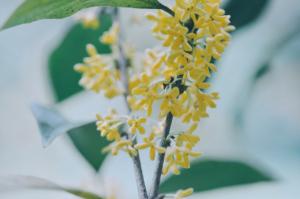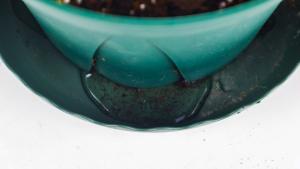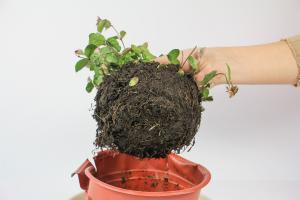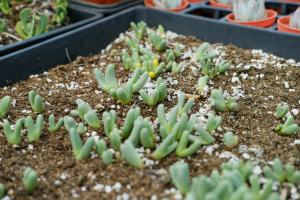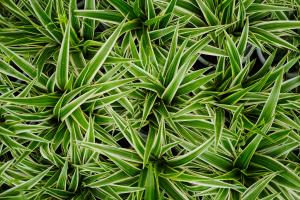How to Grow Water Hyacinth Plants
Water hyacinth plants are beautiful floating aquatic plants that can add a touch of elegance to any water garden or aquatic environment. They are easy to grow, require minimal maintenance, and offer many benefits to your pond, such as providing shade and shelter for fish, reducing algae growth, and improving water quality. Here's a guide on how to grow water hyacinth plants.
Choose the Right Location
The first step in growing water hyacinth plants is selecting the right location for them. These plants love warm, still water and will thrive in full sun or partial shade. They grow best in ponds, lakes, and other bodies of water that have a pH level between 6.0 and 7.5. If your water is too acidic or too alkaline, it could harm the plants and impact their growth.
Prepare the Soil
Water hyacinth plants do not require soil to grow. However, they need something to anchor their roots to the bottom of the pond, such as gravel or sand. Make sure the material you choose is loose and drains well to avoid waterlogged roots. Spread a thin layer of the material on the bottom of your pond before you introduce the plants.
Planting Water Hyacinth
When planting water hyacinth, start by selecting healthy plants. Make sure the leaves are green and the roots are white and fleshy. You can purchase water hyacinth plants from a local nursery or online store, or you can propagate them from existing plants. To do this, gently separate the young plants from the mother plant and plant them in your aquatic environment.
Place the water hyacinth plants on the surface of the water and gently push the roots into the gravel or sand. Make sure the plants are properly spaced apart to allow them to grow and spread without overcrowding. Water hyacinth plants are fast growers and can quickly cover the entire surface of a small pond, providing natural filtration and shading for the water.
Caring for Water Hyacinth Plants
Water hyacinth plants require minimal maintenance. They do not need fertilizers or herbicides, and they are resistant to most pests and diseases. However, they do require regular pruning and thinning to prevent overcrowding and to maintain the health of the plants. Remove any dead leaves or flowers and trim back the plants to prevent excess growth.
It is also essential to monitor the water quality regularly. Water hyacinth plants absorb nutrients and help to reduce algae growth, but they can also deplete oxygen levels in the water. Keep an eye on the oxygen levels in your pond and make sure they stay at a healthy level for fish and other aquatic life.
In Conclusion
Water hyacinth plants are a beautiful addition to any water garden or aquatic environment. They are easy to grow, require minimal maintenance, and offer many benefits to your pond. By choosing the right location, preparing the soil, and properly planting and caring for your water hyacinth plants, you can enjoy their beauty and benefits for years to come.

 how many times do yo...
how many times do yo... how many planted tre...
how many planted tre... how many pine trees ...
how many pine trees ... how many pecan trees...
how many pecan trees... how many plants comp...
how many plants comp... how many plants can ...
how many plants can ... how many plants and ...
how many plants and ... how many pepper plan...
how many pepper plan...